|
|
|
|
|
|
Menu |
|
|
|
|
|
|
|
|
|
|
|
|
|
|
|
|
|
|
|
|
|
|
|
|
|
|
|
|
|
|
|
|
|
|
|
|
|
|
|
|
|
|
|
|
|
Shaheed-e-Azam
S. Bhagat Singh |
|
|
|
|
|
|
|
|
|
|
|
|
|
|
|
|
|
|
|
|
|
|
|
|
|
|
|
|
|
|
|
 |
|
|
|
|
|
|
|
|
|
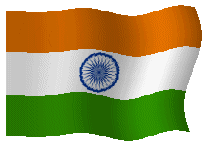 |
|
|
|
|
|
|
|
|
|
|
|
|
Bhagat
Singh was born in Village Banga, Chak No 105, G.B. in the Lyallpur District
(now in Pakistan) on 26th September, 1907, The grandmother of S. Bhagat Singh
used to call him 'Bhaganwala' (lucky) because the news of release of his uncle
Ajit Singh from Mandlay Jail and his father Kishen Singh from Lahore Jail had
coincided with Bhagat Singh's birth. |
|
|
|
|
|
|
|
|
|
|
|
|
|
|
|
|
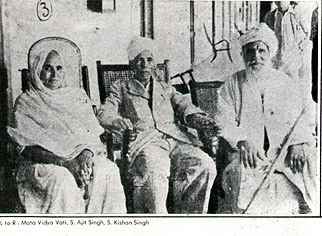 |
|
|
|
|
|
|
|
|
|
|
|
|
|
|
|
|
|
|
|
|
|
|
|
|
|
Mata
Vidya Vati, S. Ajit Singh & S. Kishan Singh |
|
|
|
|
|
|
|
|
|
|
|
|
|
Bhagat
Singh got his primary education at Banga (District Jalandhar). He came into
contact with well-known nationalists such as Mehta Anand Kishore, Lala Pindi
Dass, Sufi Amba Parshad and Lala Lajpat Rai. He also came in touch with Gadar
heroes, Kartar Singh Sarabha and Ras Bihari Bose who used to visit his father.
As a child, Bhagat Singh would listen to their 'talks' and 'plans'. The martyrdom
of Kartar Singh Sarabha who laid down his life on November 16, 1915 left a deep
impression on the young mind of Bhagat Singh who was then barely eight year's
old. This infused in him the burning desire to serve his motherland. The impact
of Kartar Singh Sarabha's martyrdom on Bhagat Singh can be judged from the fact
that when he was arrested, a photograph of Saheed Kartar Singh Sarabha was found
from his pocket. |
|
|
|
|
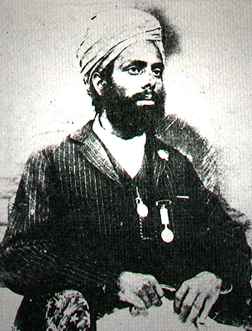 |
|
|
|
|
|
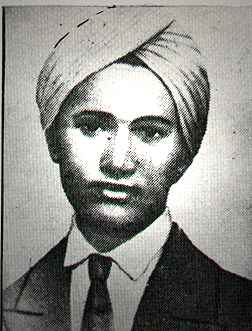 |
|
|
|
|
|
|
|
|
|
|
|
|
|
|
|
|
|
|
|
|
|
|
|
|
|
|
|
|
|
|
Shaheed
Kartar Singh Sarabha |
|
|
|
|
|
|
|
|
|
|
|
|
|
Sardar Ajit Singh |
|
|
|
|
|
|
|
|
|
|
|
|
|
|
|
|
The incident of Lala Lajpat Rai's death infuriated the whole Nation and more
particularly the younger generation of patriots like Bhagat Singh, Raj Guru
and Sukhdev. In retaliation they took Saunders, Assistant Superintendent of
Police for Mr. Scot and shot him dead.
After this incident Bhagat Singh escaped from Lahore and reached Calcutta.
Bhagat Singh and B.K. Dutt threw a bomb in Imperial Assembly, Delhi in 1929
and raised slogans against imperialist rulers, they also threw leaflets in
the chamber. They were arrested under section 307 I.P.C. and section 3 of
the Explosive Act. Bhagat Singh was also tried along with his comrades in
Saunders murder case, known as second Lahore consipracy case.
Bhagat Singh, Raj Guru and Sukhdev were sentenced to death on 7th October,
1930. Efforts were mode by the National leaders to save them. But the British
Government did not yield to their demand and stood by its decision of executing
the death sentences on Bhagat Singh and his companions. With the shouting
of slogans "Inquilab Zindabad", "Down Down Union Jack", "Up Up National F1ag",
"Down with British imperialism", National heroes kissed the gallows on 23rd
March, 1931 at 7 PM. in Lahore Jail. Their bodies were taken to Ferozepur.
On the bank of river Satluj the same night they were cremated together hurriedly
and their half burnt bones along with charred wood were thrown into the river
in the dark of the night.
On getting the information, Bibi Amar Kaur, the younger sister of S. Bhagat
Singh with Jai Dev went to the site and located the spot. They collected some
of the half-burnt bones of the great martyrs along with the bloodstained sand
where the dead bodies were kept prior to the cremation. The bones and sand
were brought by them to Lahore and then taken in procession, which was attended
by thousands of people. |
|
|
|
|
|
|
|
|
|
|
 |
|
|
|
|
|
|
|
|
|
|
|
|
|
|
|
|
|
|
|
|
The
Pen used by the executioner Judge for signing the death sentence of S. Bhagat
Singh, Raj Guru & Sukhdev |
|
|
|
|
|
|
|
|
|
|
|
|
|
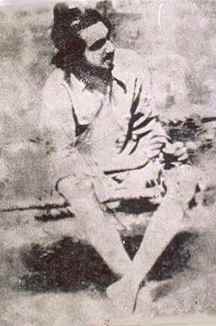 |
|
|
|
|
|
|
|
|
|
|
|
|
|
|
|
|
|
|
|
|
|
|
|
|
|
|
|
|
|
|
|
|
|
|
|
A
camera photograph of S. Bhagat Singh in the Lahore Jail. |
|
|
|
|
|
|
|
|
|
|
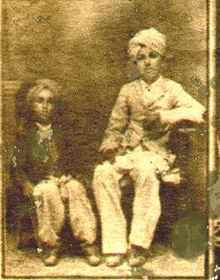 |
|
|
|
|
|
|
|
|
|
|
|
|
|
|
|
A
rare photograph of S. Bhagat Singh in his teens (right). On the left is a relation,
S. Raghbir Singh. (photo xourtesy of S. Bhagat Singh's brother) |
|
|
|
|
|
|
|
|
|
|
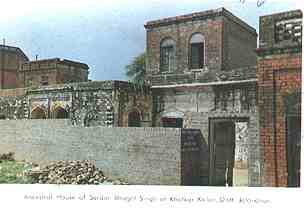 |
|
|
|
|
|
|
|
|
|
|
|
|
|
|
|
|
|
|
|
|
|
|
Ancestral
home of S. Bhagat Singh at Khatkar Kalan (Jhanda Ji), Dist. Jalandhar. |
|
|
|
|
|
|
|
|
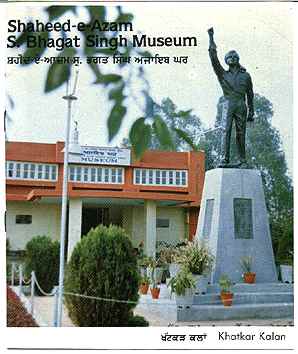 |
|
|
|
|
|
|
|
|
|
|
|
|
|
|
|
|
|
|
|
|
|
|
|
|
|
|
|
|
|
|
|
Bhagat
Singh Museum at Khatkar Kalan, on the main road from Banga to Nawanshehar |
|
|
|
|
|
|
|
|
|
|
|
|
|
|
|
|
|
|
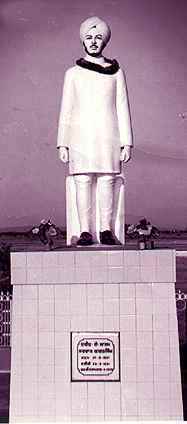 |
|
|
|
|
|
|
|
|
|
|
|
|
|
|
|
|
|
|
|
|
A
statue erected in memory of S. Bhagat Singh at his maternal village, Moranwali. |
|
|
|
|
|
|
|
|
|
|
|
|
|
|
In
the Museum at his village Khatkar Kalan, these half-burnt bones and blood-stained
sand along with the blood stained newspaper on which these were collected are
well preserved and displayed. A copy of the judgement of the 1st Lahore Conspiracy
case in which Shaheed Kartar Singh Sarabha was sentenced to death is also a
notable exhibit. S. Bhagat Singh's scribed notes (in his own handwriting) on
this copy of judgement, a copy of the Gita with his autographs which was presented
to S. Bhagat Singh while he was in Lahore Jail and other personal belongings
are also on display. The photographs of the revolutionaries and Ghadarites who
inspired Bhagat Singh to wage freedom struggle have been displayed in the Museum.
These exhibits are silent reminders of supreme sacrifices these martyrs made
for the motherland. They shall inspire the generations to come. |
|
|
|
|
|
|
|
|
|
|
|
|
|
 |
|
|
|
|
|
|
|
|
|
|
|
|
|
|
 |
 |
 |
 |
 |
 |
 |
 |
 |
 |
 |
 |
 |
 |
 |
 |
 |
 |
 |
 |
 |
 |
 |
 |
 |
 |
 |
 |
 |
 |
 |
 |
 |
 |
 |
 |
 |
 |
 |
 |
 |
 |
 |
 |











